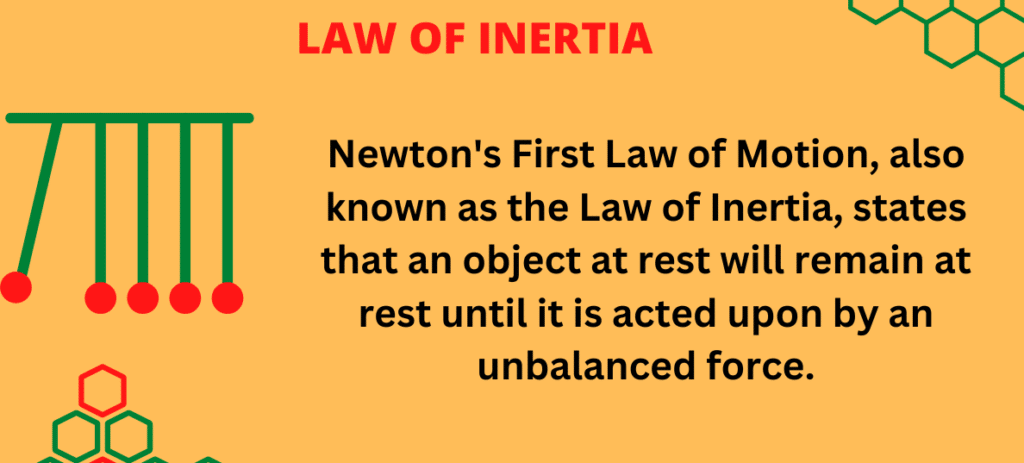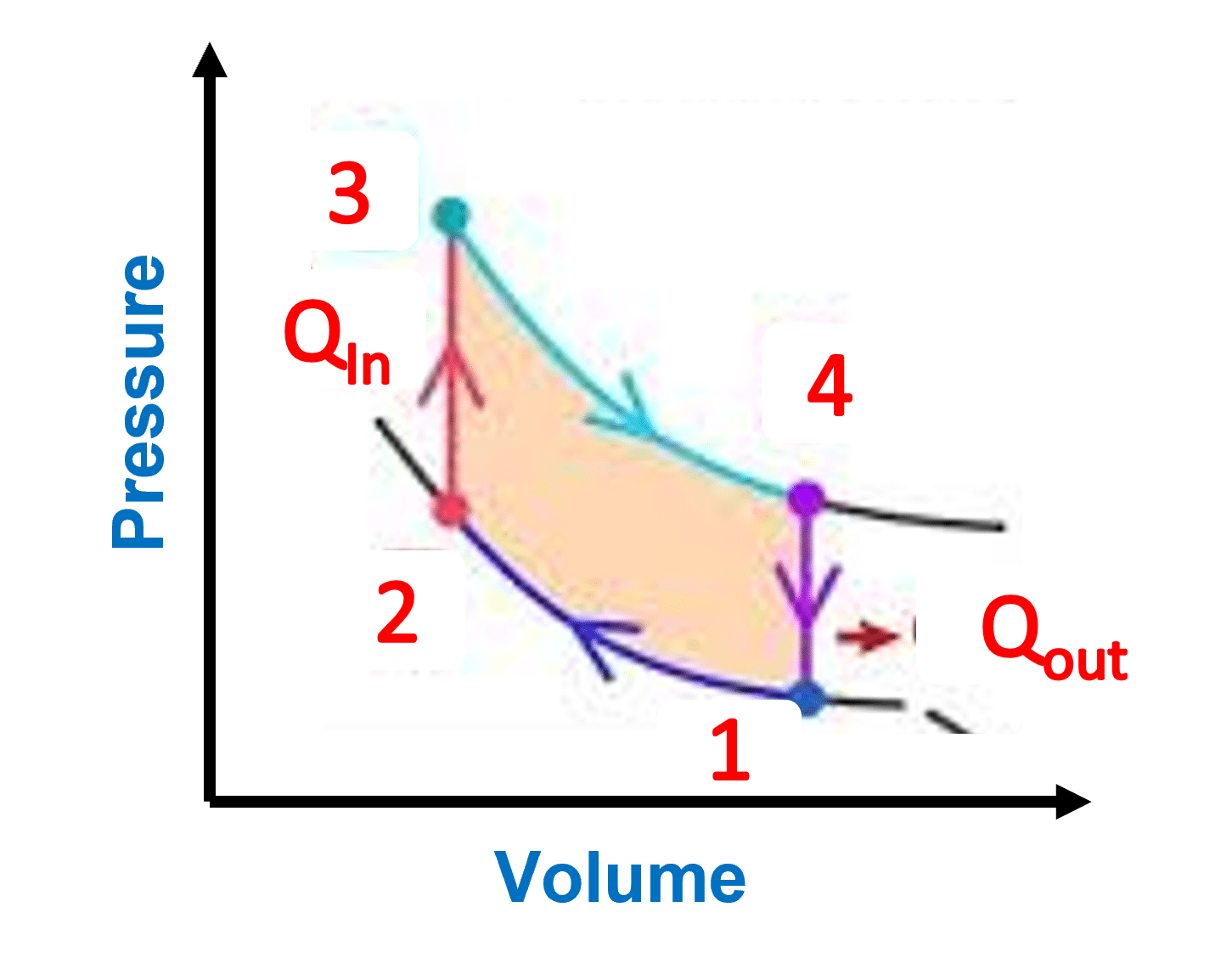Inertia is a property of matter that causes it to resist changes in velocity (speed and/or direction). Newton’s first law of motion states that an object with a given velocity maintains that velocity unless acted on by an external force.
Inertia is directly proportional to the mass of the body. Some common examples of inertial are listed below:
- When the bus stops suddenly, people fall forward.
- Satellites (that establish orbit around the earth) continue on their trajectory due to inertia.
- A cycle will continue to move with the same velocity even after you stopped pedalling.
- When a car moving on a road takes a sharp turn towards the right, the passengers tend to fall towards the left.
- Athletes often fail to stop themselves before the fault line due to inertia.
- A ball thrown vertically up in a moving train comes back into the hands of the thrower.

Table of Contents
Inertia in Simple Words
Inertia is the resistance of a body to change in motion. Unless an outside force causes a change, objects prefer to remain at rest or in motion. For example, if you roll a ball, it will continue to roll until it is stopped by friction or something else. Inertia is of three types – Inertia of rest, Inertia of motion, and Inertia of direction.
First Law of Motion in terms of Inertia
Newton’s First Law of Motion, also known as the Law of Inertia, states that an object at rest will remain at rest until it is acted upon by an unbalanced force.
More Links
- BCl3 Lewis Structure in four simple steps - November 1, 2023
- PH3 Lewis Structure in four simple steps - October 8, 2023
- PF3 Lewis structure in four simple steps - September 24, 2023


